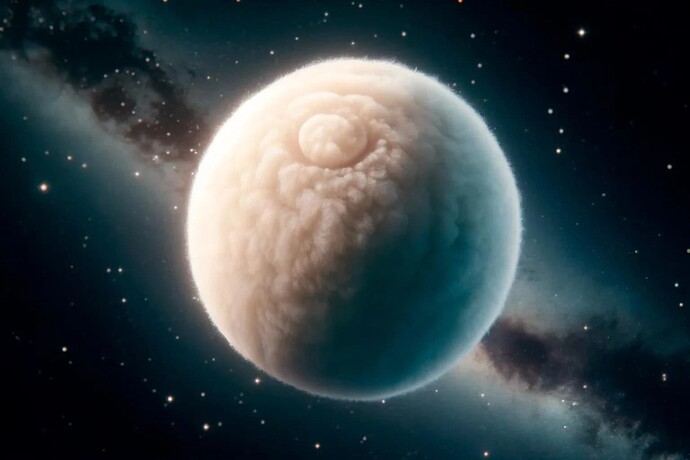Quote:
An international team led by researchers from the EXOTIC Laboratory of the University of Liège, in collaboration with MIT and the Astrophysics Institute in Andalusia, has discovered WASP-193b, an extraordinarily low-density giant planet orbiting a distant Sun-like star.
Located approximately 1,200 light-years from Earth, it is 50% larger than Jupiter but seven times less massive. This results in it having an extremely low density comparable to that of cotton candy.
Its extremely low density makes it a real anomaly among the more than five thousand exoplanets discovered to date. This extremely-low-density cannot be reproduced by standard models of irradiated gas giants, even under the unrealistic assumption of a coreless structure.
In data taken between 2006 and 2008, and again from 2011 to 2012, the WASP-South observatory detected periodic transits, or dips in light, from the star WASP-193. Astronomers determined that the star’s periodic dips in brightness were consistent with a planet passing in front of the star every 6.25 days. The scientists measured the amount of light the planet blocked with each transit, which gave them an estimate of the planet’s size.
To their great surprise, the accumulated measurements revealed an extremely low density for the planet. Its mass and its size, they calculated, were about 0.14 and 1.5 that of Jupiter, respectively. The resulting density came out to about 0.059 grams per cubic centimeter.
Earth is a more substantial 5.51 grams per cubic centimeter. One of the materials closest in density to the new, puffy planet, is cotton candy, which has a density of about 0.05 grams per cubic centimeter.

